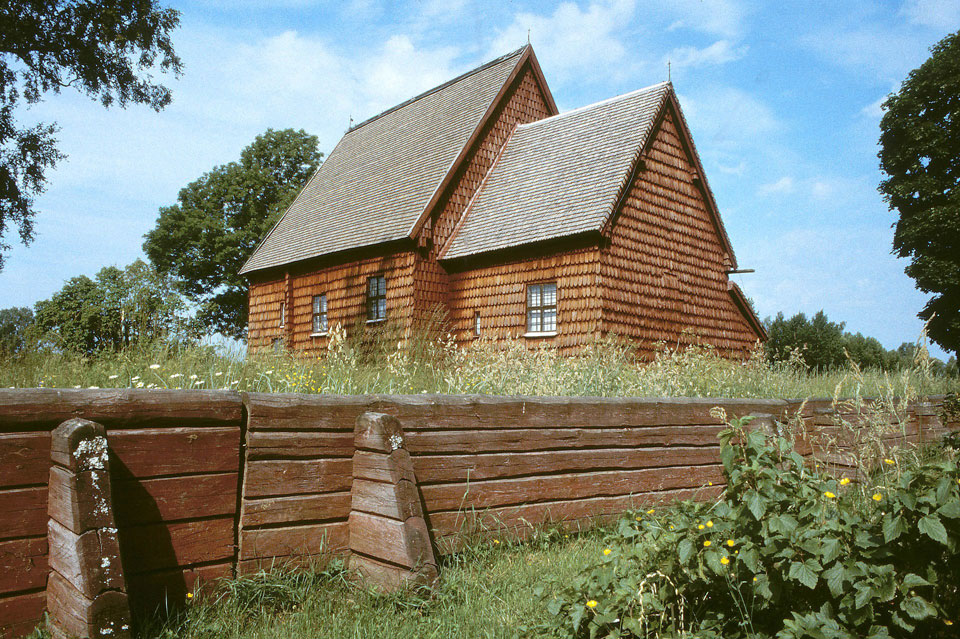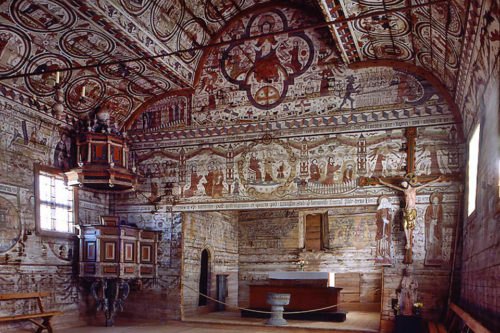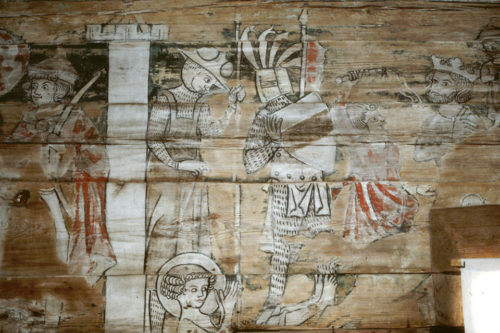In 2001 the medieval Södra Råda Church in Sweden from the 13th century burned to the ground. The reconstruction offers an invaluable peak into medieval building techniques
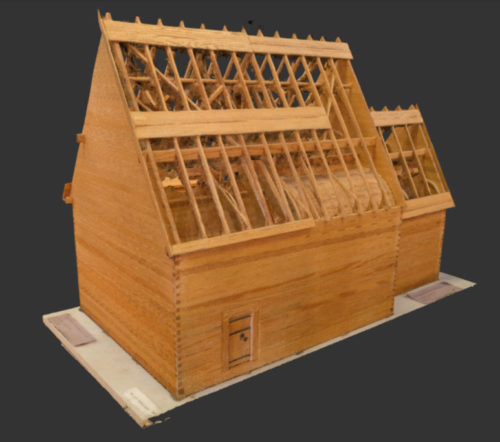
In November 2001 a mentally deranged person set the invaluable old church in “Södra Råda” on fire. Dating to the beginning of the 14th century, it was of the most well-preserved wooden churches in Gullspång in Western Götaland in Sweden. With its unique interior and paintings from 1328, it represented a devastating loss.
Soon after the fire, the Swedish National Heritage Board decided to reconstruct the church to learn as much as possible about the medieval building techniques from c. 1310. Later, the responsibility for the project was transferred to a local group.
Between 2001 and 2007, a total of 13 preliminary archaeological excavations as well as in-depth studies of the building techniques involved, were carried out. In 2007, the reconstruction of the timbered wooden church began, and now ten years later, only the final fitting of the roof remains.
History of the building
Archaeological excavations succeeded in identifying its predecessor, a small and unprepossessing timbered church from the 12th century, measuring 6.5 x 4.5 metres and with a choir, 2.5 x 2.5 metres. A few sculptures figures from the old church was until the fire preserved in the church as was the original baptismal font. At the beginning of the 14th century, more precisely 1302 – 09, the new church was constructed.
Initially, the church consisted of a short but wide ship with a relatively long and narrow choir and small sacristy. The entrance was to the south. The outer walls and the roof of the church were covered in wood shingles. To the east, one of the original windows could be found. Of the original windows to the south, nothing was left as they had been replaced in the 16th century. At the same time, the entrance was moved to the western gable.
Reconstruction
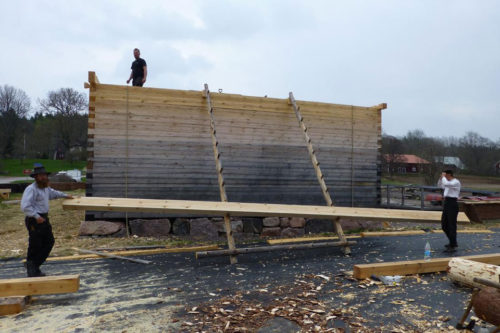
During the reconstruction, the builders, craftsmen and archaeologists learned numerous valuable lessons. Although allowed to use modern tools and techniques, they found, for instance, that the reconstruction of the timbered walls was more quickly carried out using the traditional building techniques. Another challenge has been the roof, which was supposed to span 11 metres. It took a long time to figure out how this had been achieved. Spring 2018, the church will be roofed.
Next phase will consist of a reconstruction of all the paraphernalia such as the keys, handles, windows, and a bell. Also, Bengt Bygdén, who is in charge of the project, hopes to locate artists, who will take it upon themselves to recreate the famous medieval paintings.
On the choir, an artist from the 14th century had pictured scenes from the life of the Virgin Mary as well as the last judgement. According to an inscription, the work had been finished in 1323. The rest of the church appears to have been painted by Amund, who signed his work in 1494. His work consisted of 130 pictures representing Genesis, Christian legends and mythical creatures of all sorts. Amund seems to have been active in the area, and his work is also known from the church in Suntak as well as elsewhere in Småland and Östergötland. His style was traditional and inspired by the artistic centre in Vadstena.
During the summer, visitors can book a guided tour or attend one of the many lectures held until August. And study the actual roofing and slating of the house.
SOURCE:
Sódra Råda Gamla Kykplats (in Swedish)
READ MORE:
Södra Råda gamla kyrka.
By Marian Ullén
1997.
SEE MORE:
Model in 3D of Södra Råda Kyrko by Stig Nilsson
SEE ALSO:
Textile from beginning of the 15th century from Södra Råda Kyrko
FEATURED PHOTO:
Södra Råda Church before the fire. Source: Wikipedia
